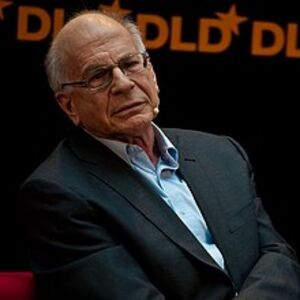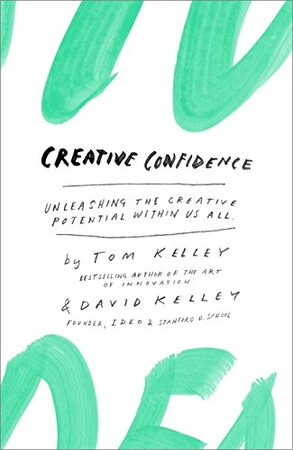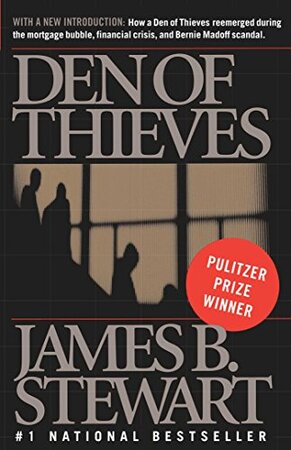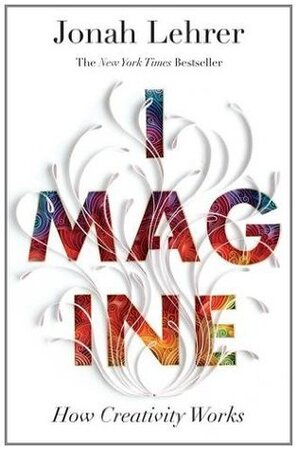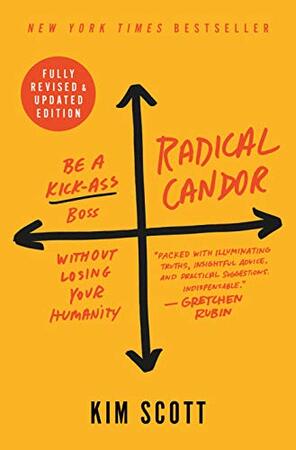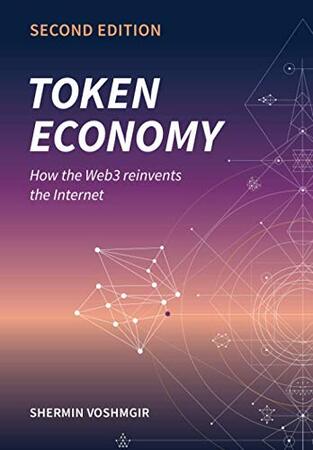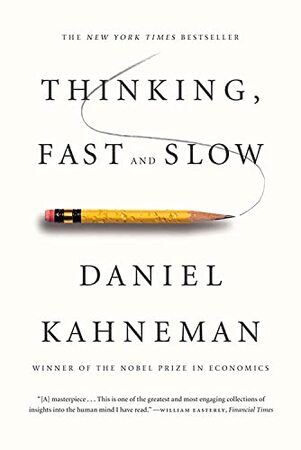
thinking fast and slow
“Thinking, Fast and Slow” by Daniel Kahneman is a groundbreaking exploration of the two systems that drive our thinking: the fast, intuitive system and the slow, deliberate system. Kahneman, a Nobel laureate in Economics, delves into the complexities of human decision-making, exposing the biases and cognitive illusions that often lead us astray.
Introduction to “Thinking, Fast and Slow” and the Two Thinking Systems
The book is divided into two main parts, each dedicated to one of the thinking systems. System 1, the fast and intuitive system, operates automatically and effortlessly, guiding our everyday decisions. It relies on heuristics, mental shortcuts that allow us to make quick judgments and solve problems efficiently. However, System 1 is prone to biases and errors, leading to faulty judgments and irrational behavior.
In contrast, System 2, the slow and deliberate system, engages in deliberate reasoning and logical analysis. It requires effort and conscious thought, and is often lazy and easily fatigued. While System 2 is capable of making more accurate decisions, it is frequently overridden by the automatic responses of System 1.
Cognitive Biases and Decision-Making
Kahneman explores numerous cognitive biases that affect our thinking. He discusses the availability heuristic, whereby we assess the likelihood of an event based on how easily we can recall examples. He also examines the confirmation bias, our tendency to seek and interpret information that confirms our preconceived beliefs, and the anchoring effect, where our judgments are influenced by initial reference points.
Implications for Economics, Happiness, and Well-being
One of the central ideas in the book is the concept of prospect theory, which challenges traditional economic assumptions about rational decision-making. Kahneman shows that individuals are not always motivated by maximizing utility, but rather by avoiding losses and experiencing gains relative to a reference point. This insight has significant implications for understanding economic behavior and decision-making in various contexts.
Kahneman also delves into the topics of happiness and well-being, highlighting the limitations of our ability to accurately predict what will make us happy. He explores the distinction between our experiencing selves, who live in the present, and our remembering selves, who construct narratives of our past experiences. Understanding this distinction is crucial in understanding how we evaluate our overall happiness and quality of life.
Throughout the book, Kahneman presents a wealth of research findings and experiments conducted over several decades. He shares captivating anecdotes and real-world examples that illustrate the concepts he discusses. Kahneman’s writing is accessible and engaging, making complex ideas easily understandable for readers from various backgrounds.
Conclusion
“Thinking, Fast and Slow” challenges our assumptions about rationality and decision-making, exposing the flaws in our thinking processes. It serves as a guide for understanding our cognitive biases and provides practical insights into how we can make better decisions. By shedding light on the intricate workings of our minds, Kahneman invites us to reflect on our own thinking patterns and strive for more rational and informed choices.
In conclusion, “Thinking, Fast and Slow” is a thought-provoking and enlightening book that explores the fascinating world of human decision-making. Daniel Kahneman’s expertise and engaging storytelling make this book a must-read for anyone interested in understanding the complexities of the human mind and improving their own decision-making abilities.
